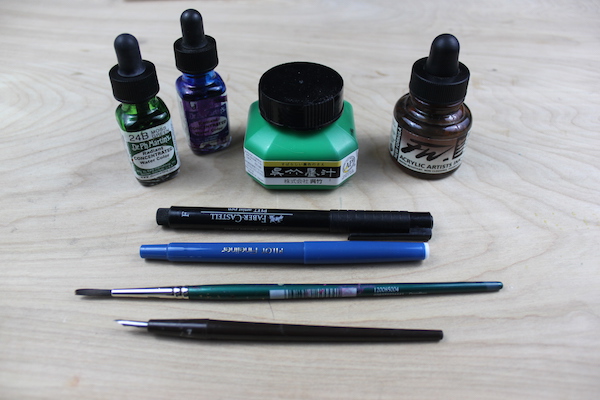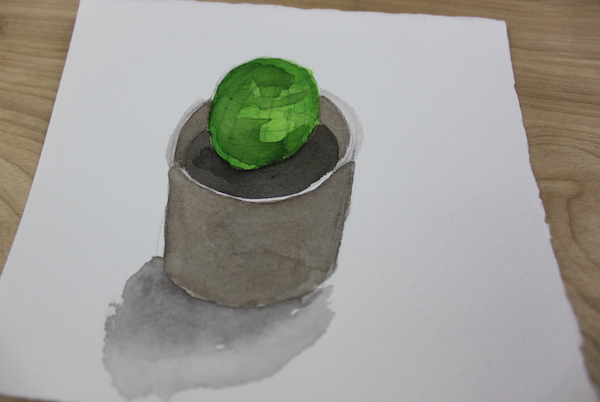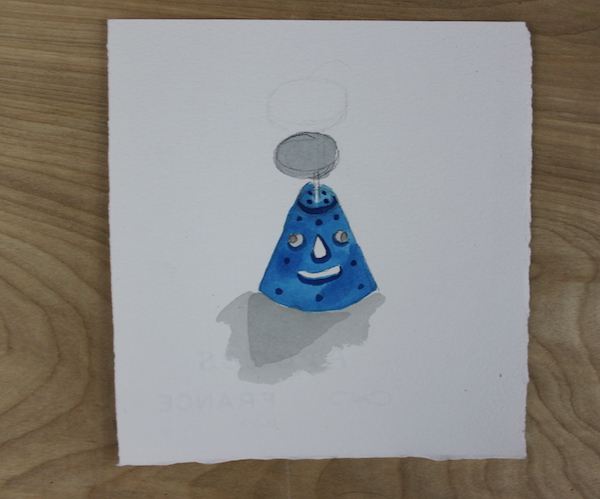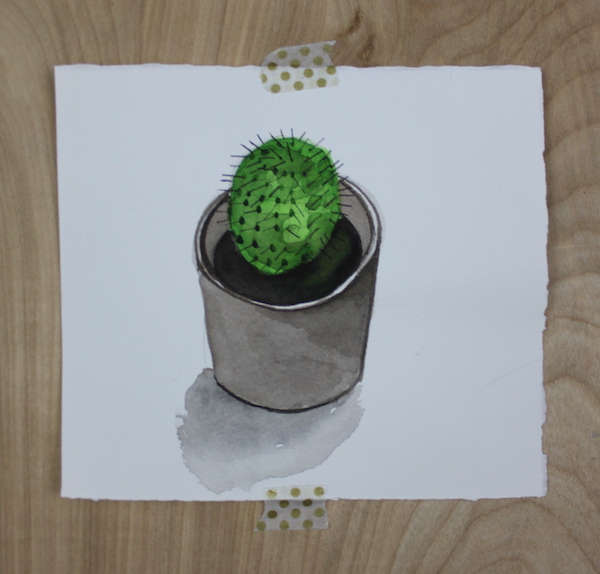You probably know that ink washes are a great way to depict a subject. There’s a lot of versatility in terms of style and color, and the materials are both easy to use and fun to learn. When creating an ink drawing, it’s important to keep compositional balance and visual clarity in mind. You can do it in many ways, and one of my favorite methods is pairing ink washes with fine lines.
Today we’ll look at some examples of ink and wash drawings.

The type of tools you’ll use for this technique vary. It’s based on your personal preference what you have on hand!
Obviously, you’ll want to have ink. I use a mixture of sumi, acrylic and watercolor dye. For the wash, I have a different types of brushes (the ones specifically made for water media work best), and to draw the fine lines I’m using pens, a quill, and a thin-tipped brush.

Achieving balance and clarity

I mentioned balance earlier, but what does that mean, exactly? Well, to start, you can think of your drawing like a salad. To create a colorful, appetizing salad, you want to mix in a combination of colorful vegetables, textured proteins, some smalls seeds and even some cheese in with your greens. If you only had a bowl full of leafs, it would look dull and be boring to eat.


If you only painted big, amorphous-shaped washes, it’s not much fun to look at and hard to understand. Even having just a little bit of line work breaks up any potential monotony. Plus, think of how many more details you can add!

Even just a little definition in this draw (small and large elements and the outlines) is helpful!
But, beware — while fine lines are great, be careful with how much that you use them. Too much information can be overwhelming to the viewer. Strive to create a drawing that’s the right combination of both obscure and specific. It’s just enough to inform, but not enough to confuse.
Things to keep in mind


If you’ve painted with ink before, you’ll know the most important thing to do is be patient and wait for artwork to dry.
Here are some other helpful tips and tricks:
- You can layer ink wash and lines however you wish. While I normally draw on top of my washes, feel free to draw your design first and paint over it. Just be sure that you’ve used a permanent ink or else it will bleed!
- Don’t be afraid to layer wash, line, and wash again — especially if you want to obscure or diffuse your lines. You could also use washes as a way to glaze and create new colors directly on the surface of your paper.
- While I recommend that you let your painted surface dry completely, try the wet-on-wet technique! Paint a wash, and once it’s nearly dry, draw on top of it with your drawing tool. This will make your lines bleed. Afterward, wait for the paper to completely stiffen and sketch over top of it. See how it all goes back to layers?


Share tips, start a discussion or ask one of our experts or other students a question.
No Responses to “Creating Clarity: Tips for Ink and Wash Drawings”